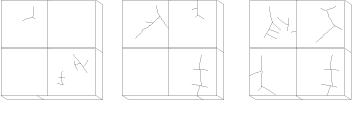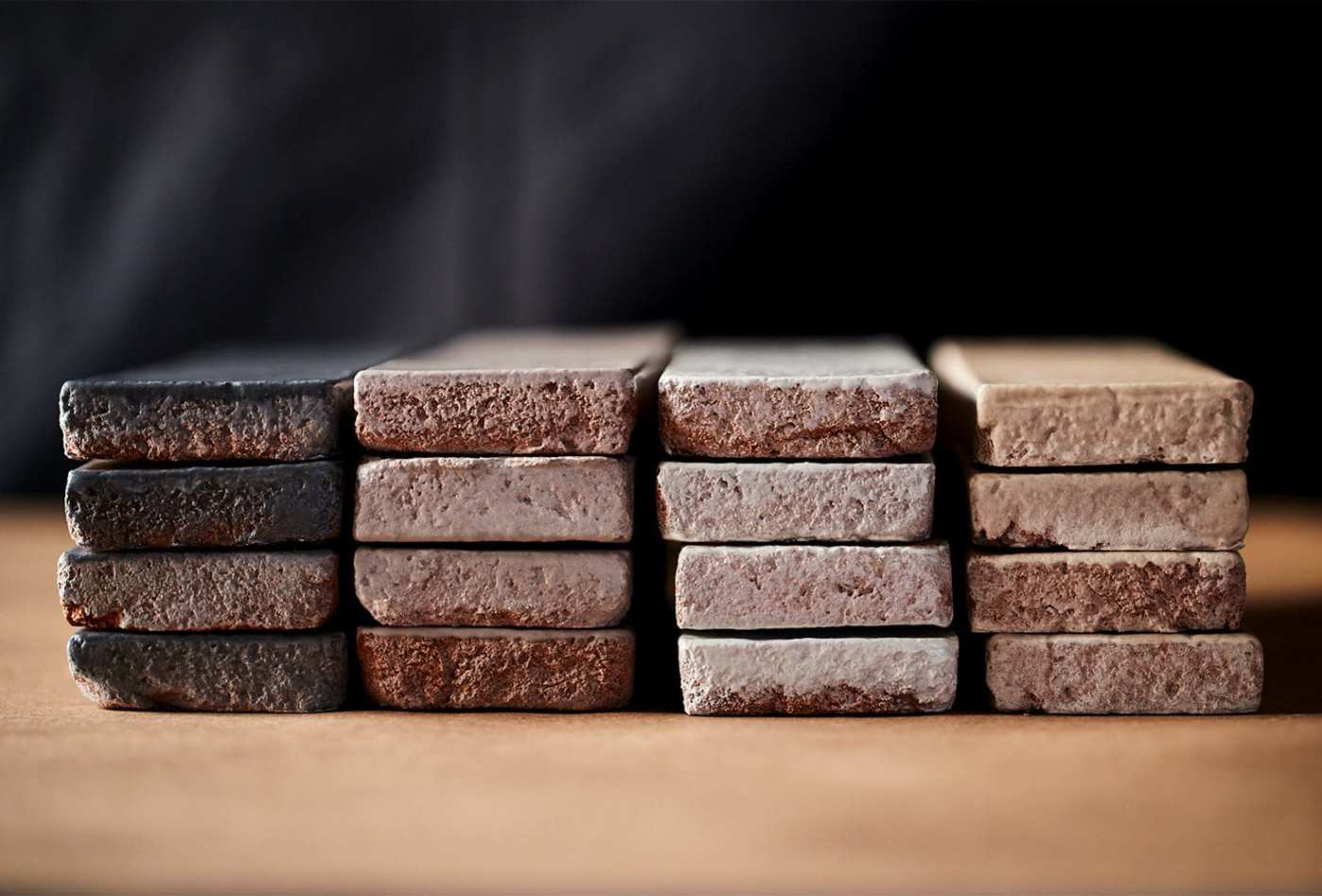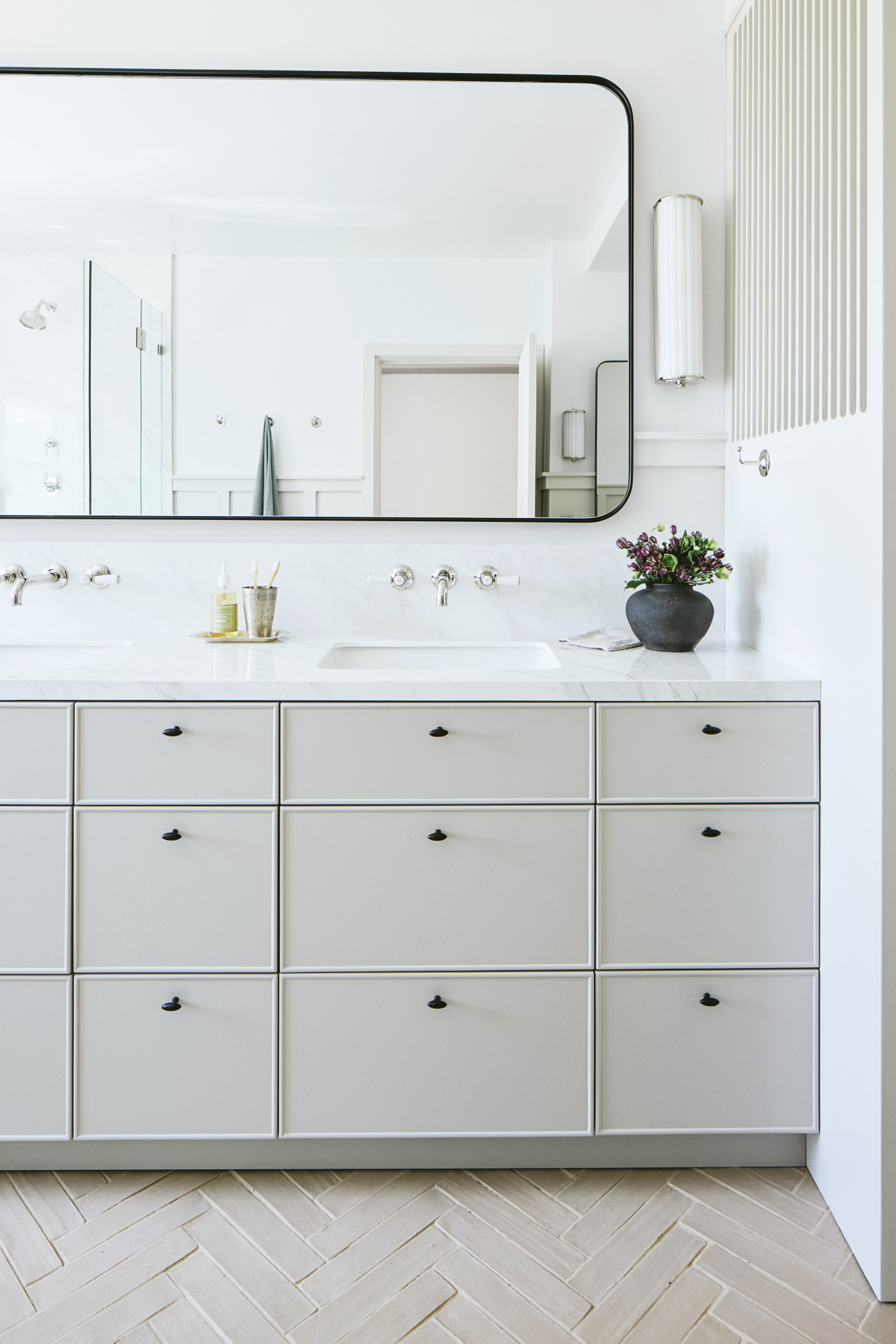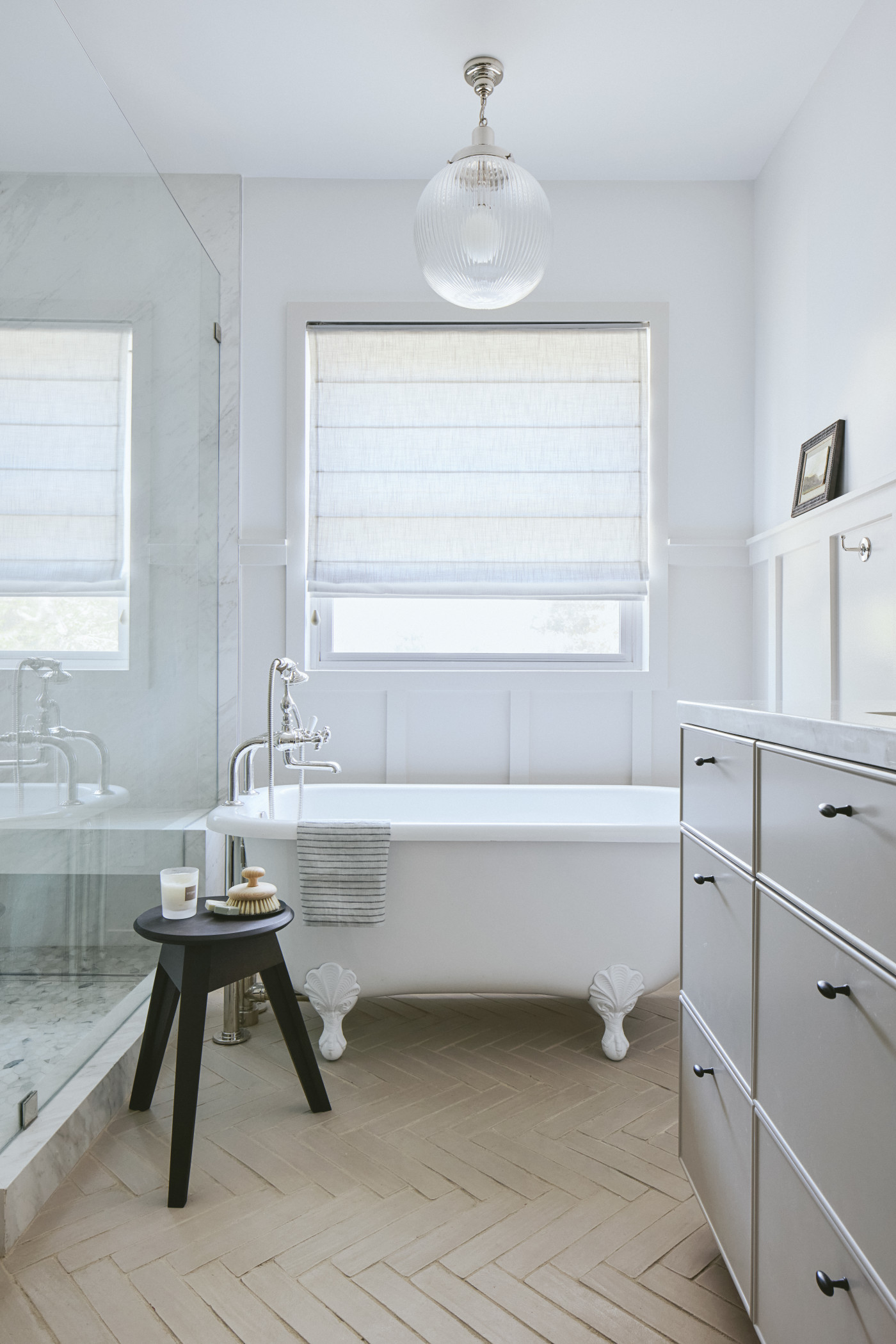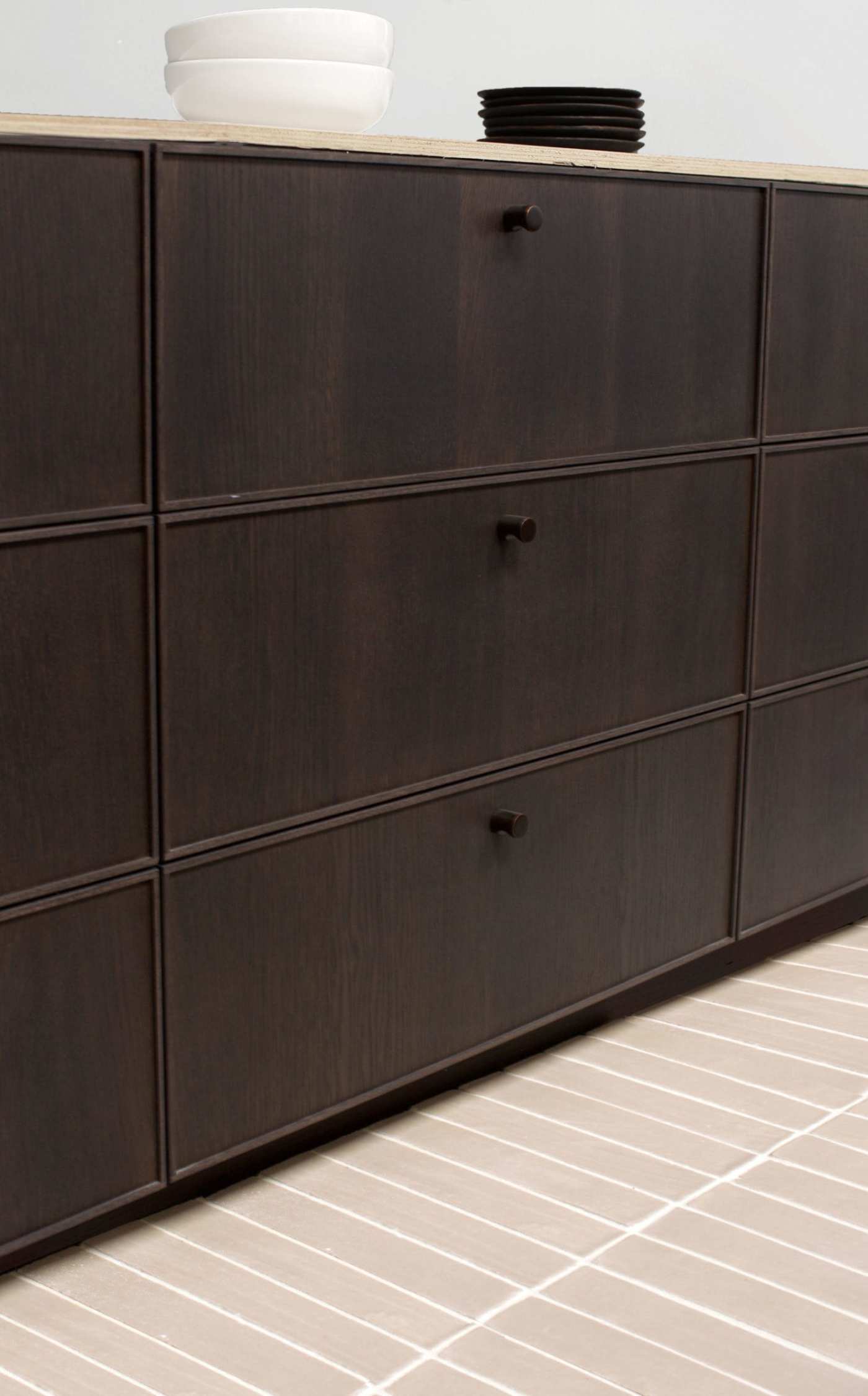do i need to seal architect’s palette tiles?
for architect’s palette, you must apply sealant or a grout release before grouting to minimize risk of grout haze and to allow for easy clean up.
architect’s palette tiles should be sealed for all applications (dry and wet) to maintain their appearance and avoid staining. both the tile surface and grouted areas should be sealed as the final step of installation.
for all sealing and protecting, clé recommends stonetech bulletproof sealer from laticrete.
for more information about sealing please see our architect's palette material guidelines.
do you offer trim for your architect's palette tile?
at clé we follow the international model of no trim and highly recommend our clients to do the same. below are the trim alternatives we recommend for this collection.
- if your project needs to turn a corner either inwardly or outwardly, mitering the tiles to meet seamlessly in a corner gives it the cleanest, crafted finish.
- another way to complete your tiling is to run a bead of caulk or grout along the exposed brick edge.
- like with any of our tiles, you can also build out the sheetrock so that the surface of the finished sheetrock is flush with the surface of the tile.
for more detailed recommendations about trim, please see our trim guide.
how do i take care of my architect's palette tiles?
over time the tile will develop a crackled patina. please note this is an intrinsic characteristic of architect’s palette.
mild, ph neutral soaps should be sufficient for most cleaning—test before general use. for all other maintenance, clé recommends laticrete cleaning products.
see our architect's palette material guidelines for more information.
what type of finish should i expect with this collection?
architect's palette comes with glazed matte finish with visible crazing and light texture variation.
how much variation should i expect?
architect’s palette tiles will show some slight textural variation as well as low color variation in their glaze from tile to tile. medium variation in size from tile to tile is also to be expected.
due to the natural materials and production process of architect palette tiles, there will be degrees of variation in color, shade and size in your order, therefore it is important to blend the tiles from all boxes once they arrive and place them in their installation area to ensure you have the layout you want before installing.
what's crazing, and should this be expected with architect's palette tiles?
architect’s palette tiles are made by hand and will show visible crazing. crazing refers to the hairline cracks which may occur in the glaze surface of tile after firing and is common in handcrafted tile. cutting architect’s palette tiles with a wet saw can enhance the crazed finish of the glaze. this happens because the slurry, created from the tile dust mixed with water, settles into the cracks on the surface of the glaze. to avoid enhancing the crazed finish, we recommend dry cutting the tile.
variation and imperfection ratings:
architect's palette tiles are rated 'level 1 low' for color variation, 'level 2 slight' for texture variation, 'level 2 medium' for size variation, and 'level 3 heavy' for crazing.
see illustrations in the technical specifications section above, and read more about the ratings in our tile variation and imperfections guide.
why do you suggest i order at least 15% more than my measurements?
industry standard suggests adding at least 15% overage due to tile cuts, potential shipping breakage, or future repairs.
for more information related to ordering and shipping, please be sure to visit our shipping and returns and delivery information resource pages.











